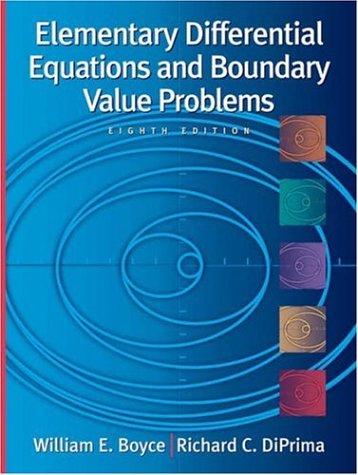Answered step by step
Verified Expert Solution
Question
1 Approved Answer
Is P(A and B) + 0? Explain. O No. P(A and B) = 0. Yes. Even if P(A) = 0 or P(B) = 0, P(A

Step by Step Solution
There are 3 Steps involved in it
Step: 1

Get Instant Access to Expert-Tailored Solutions
See step-by-step solutions with expert insights and AI powered tools for academic success
Step: 2

Step: 3

Ace Your Homework with AI
Get the answers you need in no time with our AI-driven, step-by-step assistance
Get Started


